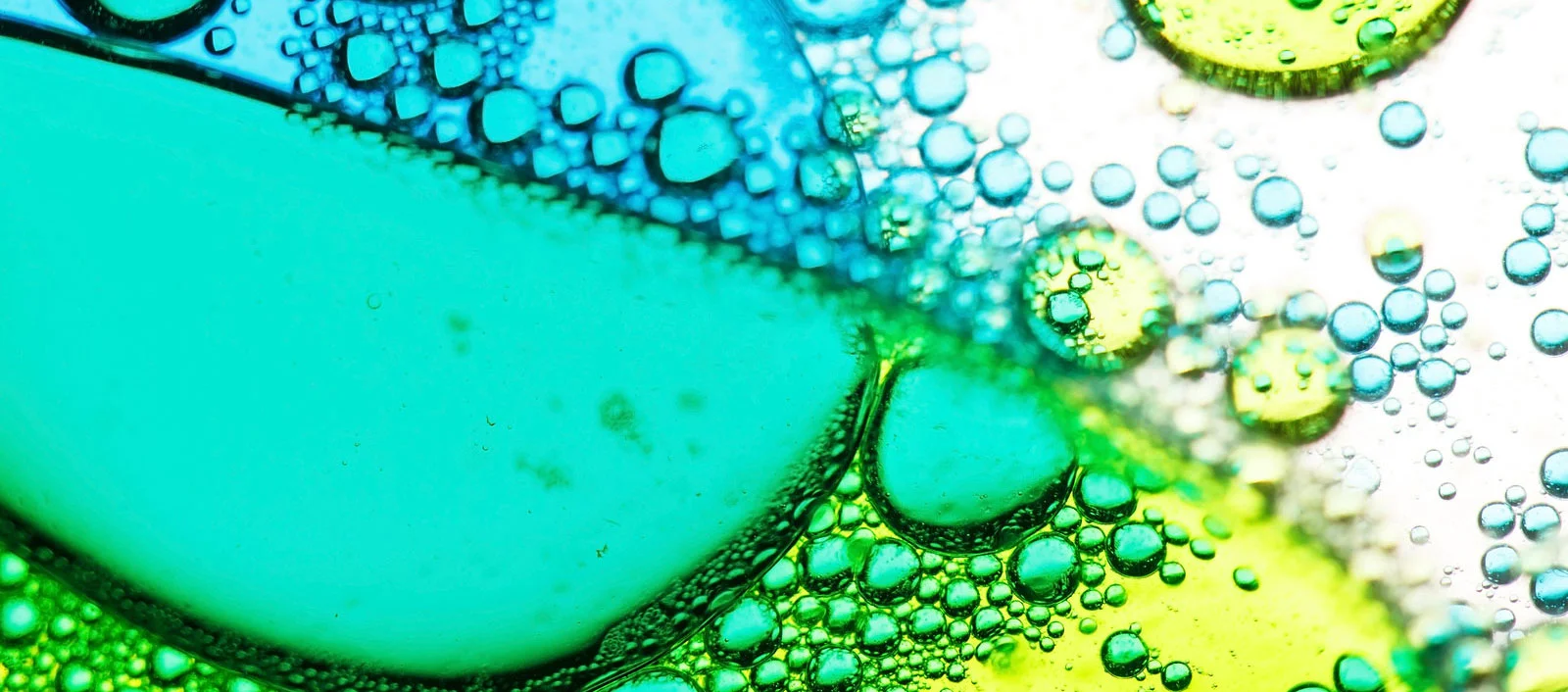History
The Society was initially founded in 1978 as the Australian Dermatopathology Society. Dr David Weedon, a Queensland dermatopathologist of world renown and a recent past president of the Royal College of Pathologists of Australasia, has published a history of our Society in the American Journal of Dermatopathology (1984; 6(2):159-160).
Dermatopathology in historical perspective
Conception birth and growth of the Australian Dermatopathology Society, David Weedon, M.D.
The Australian Dermatopathology Society was conceived over a bottle of whiskey in a room in the Chateau Commodore Hotel, Melbourne, in the early hours of the morning of Saturday, September 2, 1978. I remember very vividly being awakened at 1am or thereabouts by a telephone call from John Brenan, who invited me to another room in the hotel where he and Bill Regan had adjourned with several other colleagues for an after-dinner cocktail. They wanted to discuss an "interesting idea" that had been tossed around over dinner earlier in the evening. The "idea," so it transpired, was to establish a society to foster an interest in dermatopathology among both dermatologists and pathologists and to promote training in this discipline by organizing scientific meetings.
It should be noted that we were all in Melbourne to hear Dr. A. Bernard Ackerman of New York City who was the guest lecturer that year at the 8th Annual Skin Pathology Course, organized by Dr. John Brenan on behalf of St. Vincent's Hospital, Melbourne and the Victorian Faculty of the Australasian College of Dermatologists. The annual course was instituted to assist candidates presenting themselves for the practical examinations of the College in mycology and dermatopathology. Dr. Geoffrey Hunter of Adelaide, who examined in dermatopathology for the College, contributed to the running of the course and the lectures.
All present that evening in the smoke-filled room in the Commodore Hotel were enthusiastic about the formation of a society that would take over the responsibility for organizing the annual course in dermatopathology. One of the participants expressed a few reservations about the ability of dermatologists and pathologists to find common ground. (It should be remembered that few dermatologists in Australia at that time reported their own sections, notable exceptions being Hunter and L. Musso from Sydney.
When the news broke later that day, there was general enthusiasm from those assembled. Dr. Ackerman offered his support. A steering committee was formed then and there, which met early in 1979 in Sydney to discuss and frame a constitution. The document was adopted at the inaugural business meeting of the Australian Dermatopathology Society held in Melbourne on Sunday, August 26, 1979, at 8:30 a.m. Sixty members attended that meeting despite the early hour and the social function of the previous evening organized in connection with John Brenan's 9th Annual Skin Pathology Course, at which John T. Headington was guest lecturer. The officers nominated by the steering committee were confirmed as follows: John O'Brien (President), Geoffrey Hunter and John Sullivan (Vice-Presidents), John Brenan (Treasurer), David Weedon (Secretary), Jocelyn Farnsworth (Education Officer), and Abe Dorevitch, Vince Munro, Bill Regan, and Harvey Rotstein as committee members. The Society started on a sound financial basis when John Brenan donated several thousand dollars, the accumulated profits of the earlier courses. It was agreed that the Society should, at least initially, be an educational and not an examining body. Membership was open to all fellows of the Australasian College of Dermatology and Royal College of Pathologists of Australasia. Associate membership was offered to College trainees.
The Society assumed responsibility for the annual weekend in Dermatopathology, which now attracts in excess of 120 registrants at its meetings. Subsequent affairs were held in Sydney in 1980 (guest Bob Goltz), Melbourne in 1981 (guest Bob Freeman), and Sydney in 1982 (guest Jim Graham).
There is no doubt that the Society has been instrumental in fostering an interest and increased competence in dermatopathology in Australia and New Zealand. In this regard, the Society has been fortunate in having distinguished overseas visitors to guide us in our deliberations and courses.
American Journal of Dermatopathology. 1984;6(2):159-160.
Dr Geoffrey Hunter


